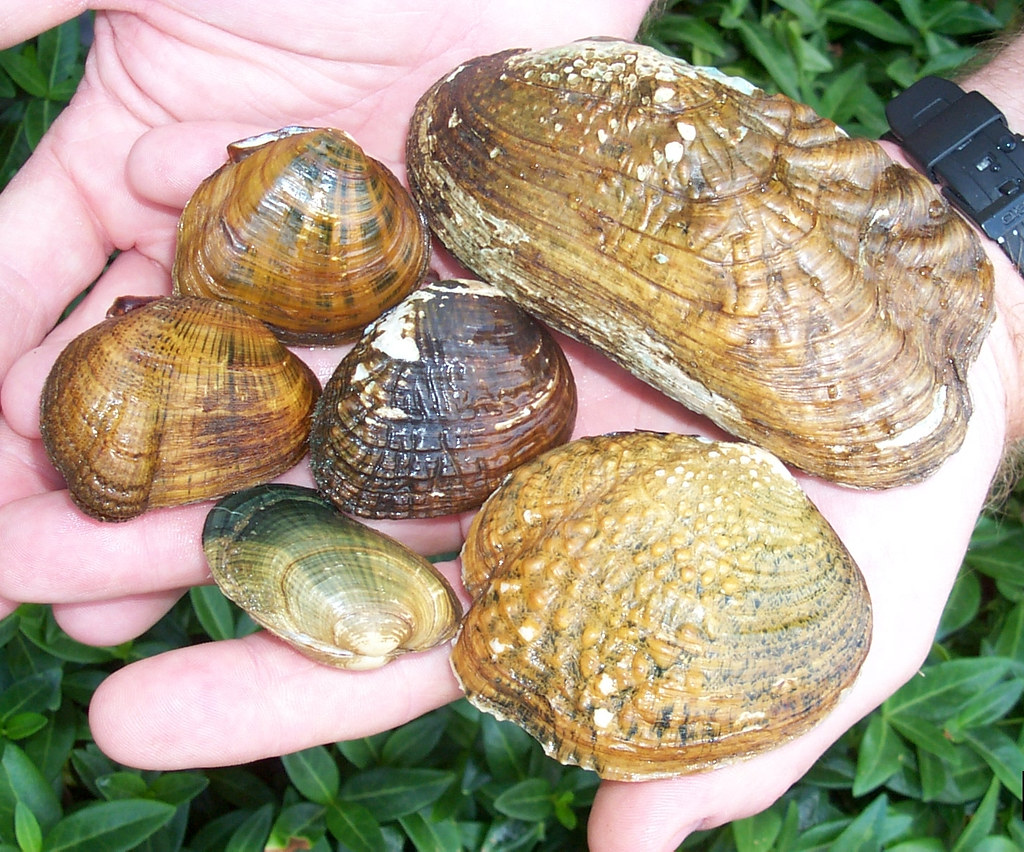Each fall since 2016, wildlife biologist Jordan Richard has returned to the same portion of the Clinch River in Tennessee, braced for the worst – tens of thousands of newly dead mussel shells gleaming from the surface of the water.

The mass die-off isn’t recognizable at first. But once Richard sees the first freshwater mussel, which look quite different to their marine cousins of moules frite fame, he scans the river and finds another every five to 10 seconds.
“The smell will knock you off your feet,” Richard said. “You see what was a healthy looking river, but now there’s just dead bodies scattered everywhere.”
Mussels are the backbone of the river ecosystem because they control silt levels and filter water. And they are facing a mysterious affliction in hotspots in the US and abroad.
Richard, who works for the US Fish and Wildlife Service, is part of a team investigating the bizarre declines in Tennessee and Virginia, as well as Oregon and Washington. The group includes biologists, pathologists and epidemiologists from the University of Wisconsin and the US Geological Survey. They say others are researching similar episodes in Spain.
Of the roughly 300 freshwater mussel species in North America, 71% are considered endangered, threatened or of concern, largely because of human degradation of rivers. They are also vulnerable to the climate crisis, because of heat and changes to precipitation.
In the southeast US alone, nearly two dozen species of mussels are thought to have gone extinct.
“When you talk about these massive global extinctions, these are the species that are really blinking out, and there’s so many of them nobody even notices,” Richard said.
But researchers looking at the Clinch River suspect this particular die-off could be happening, at least in part, because of a disease – largely because it is not affecting other types of animals. Mass die-offs in rivers have typically been from the construction of dams or chemical spills that killed many kinds of animals.
In Tennessee, the pheasantshell mussel has been hardest hit. It is the most abundant, representing about a quarter to a third of the biomass of mussels in the river, Richard said. He has found other types of mussels dead, including some at risk of extinction. And the deaths have already spread upriver to Virginia.
Richard said observers have seen this phenomenon before, in the 1980s and 1990s in the nearby Holston and Powell rivers. Scientists have yet to explain why it’s happening though.
In Oregon and south-west Washington, conservation biologist Emilie Blevins, said she has seen tens of thousands of mussels dying, including in the Chehalis River. Western pearlshell mussels have been a key target. Blevins works for the Xerces Society, a conservation group established in the 1970s to call attention to risks to invertebrate species, including bees, dragonflies and snails – the species “the world is running on” but doesn’t think of as often, she said.
“It is concerning because we are seeing it in various locations and large numbers of mussels are dying and sometimes quite rapidly,” Blevins said.
Tony Goldberg, a veterinary epidemiologist at the University of Wisconsin, said the die-offs are peculiar because of how they narrowly affect mussels.
“It seemed very strange that there was one species out of a biodiverse assemblage that was being affected,” Goldberg said. “From an epidemiologist perspective that is a red flag for infectious disease.”
Diseases decimating species aren’t new. Ebola caused mass mortality in gorillas in Central Africa in the early 2000s, a transmissible cancer killed a huge percentage of Tasmanian devils in the 1990s and a fungal disease killed the now-extinct golden toads in Costa Rica in the late 1980s, Goldberg noted in a recent article in Bonefish and Tarpon Journal.
Goldberg explained that even if a die-off doesn’t cause outright extinction, it can whittle down a species’ numbers enough to cause ecosystem shifts or even collapses.
If the problem with the mussels is a disease, Goldberg worries that it could evolve and learn how to kill other kinds of freshwater species. He said technologies are rapidly developing to prevent viruses and other pathogens in wildlife, including with vaccines administered to eggs and probiotics.
In the meantime, mussel disappearances could permanently change rivers communities rely on.
“If we have one of these die-offs, the river will never look the same, even to a casual observer,” Goldberg said. “The bottom will be different. The fish and other wildlife will be different. It’ll smell and look different. It’ll be cloudier. It’s just not going to be the same river.”
We don’t have a paywall because, as a nonprofit publication, our mission is to inform, educate and inspire action to protect our living world. Which is why we rely on readers like you for support. If you believe in the work we do, please consider making a tax-deductible year-end donation to our Green Journalism Fund.
Donate